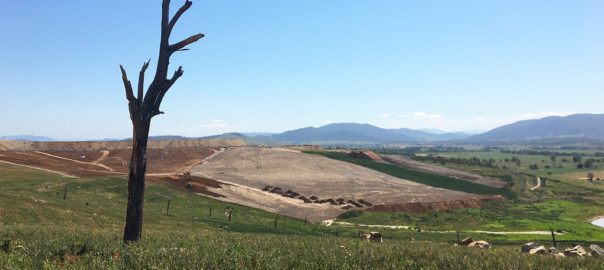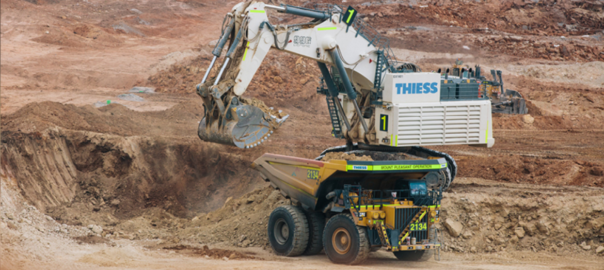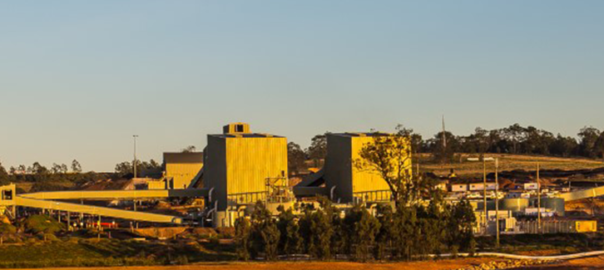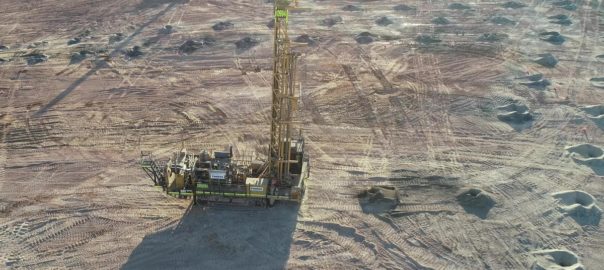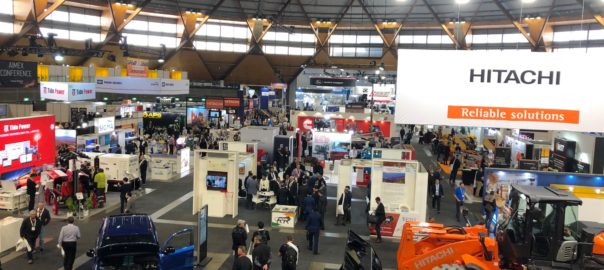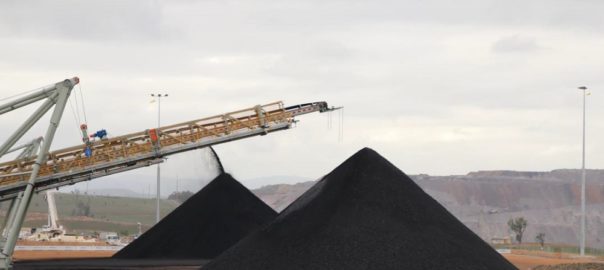Thiess’ Mount Pleasant Operations (MPO) team has been recognised by the New South Wales Resources Regulator for its industry-leading rehabilitation practices, it says.
Recently publishing an information release about the operation’s rehabilitation controls, the regulator recognised how the team enables long-term landform design stability and manages surface water drainage networks through strong quality assurance measures, according to Thiess.
Thiess, in collaboration with MACH Energy Australia (MACH Energy), has introduced quality assurance controls including the sign-off of inspection and test plans across each construction phase – design, bulk shaping, topsoil placement, ripping and seeding and drain construction, to support progressive rehabilitation and reduce ongoing liabilities.
Thiess Environment & Civil Manager, James Anderson, said these controls provide an unmatched foundation for sustainability, maximising rehabilitation outcomes and managing compliance with confidence.
“The implementation of these controls is an example of how we channel our global experience and insight to create advantages for our projects,” Anderson said. “Our proven systems and processes help deliver immediate efficiencies, reduce rework time and lower life of mine costs for our clients.”
Some 2.5 km from Muswellbrook in the Upper Hunter Valley of New South Wales, the Mount Pleasant Operation’s complex landform design aims to meet end land use objectives while minimising impacts and delivering a more visually appealing landscape for the local community, Thiess explains.
Since 2017, Thiess has provided construction services to MACH Energy including bulk profiling and shaping of mine spoil, construction of drainage networks, erosion and sediment control structures, final surface preparation, installation of habitat features, topsoil ripping, seeding and planting.
This includes delivering the operation’s first rehabilitation two months before first coal was mined.
Thiess Environment Superintendent, Peter York, says the team’s robust processes and strict quality controls are critical to ensuring rehabilitation is delivered on time and to design specifications.
“Our rehabilitation is not just about quantity,” York said. “The final outcomes have to be quality as well, capable of meeting an agreed end land use. To help facilitate this, we work with MACH Energy to identify improvement opportunities to proactively manage environmental risks and adapt to changing regulatory conditions and evolving community expectations.
“Our systematic approach is helping us achieve industry firsts for rehabilitation while restoring self-sustaining native woodland ecosystems.”






